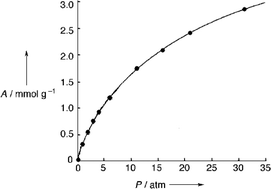Coordination polymers (CPs) can be formed by the self-assembly of metal ions and one kind of ligand or mixed ligands. Carboxylate anions have been extensively utilized to construct metal–organic CPs with diverse structures and topologies as well as versatile properties. The introduction of neutral nitrogen-donor co-ligands in such metal carboxylate system is an effective strategy for tuning the architectures and functionalities of metal–organic CPs. As a family of neutral nitrogen-donor co-ligands, amide-bridged polypyridine compounds have been introduced into such metal carboxylate system in the past decade. A large number of metal–organic CPs derived from the mixed ligands of carboxylate and amide-bridged polypyridine have been reported. Therefore, we present the recent developments of transition metal carboxylate CPs with amide-bridged polypyridine co-ligands in this highlight. We summarize their syntheses, structures, architectural influence factors and properties in detail. Such highlight may play a significant role in the rational design and construction of amide-bridged polypyridine-based transition metal carboxylate CPs with structure-dependent properties.

